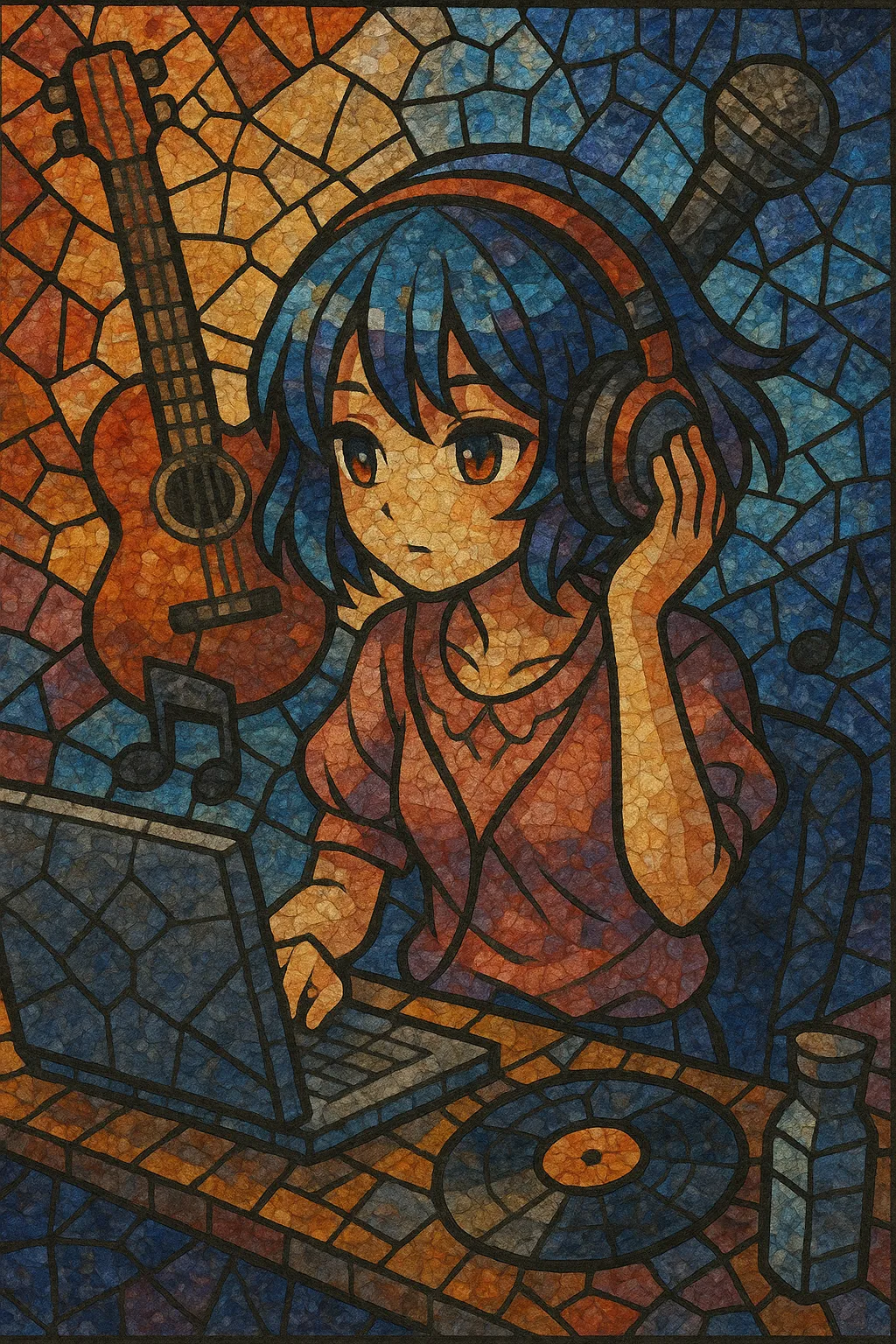Doujin music is the self-published, grassroots music ecosystem of Japan’s doujin (fan-made/independent) culture. It is created by individuals or small “circles” and released directly to fans, most famously at events like Comiket, M3, and Hakurei Jinja Reitaisai.
Stylistically, it is genre-agnostic: you will find high-energy club styles (J-core, trance, eurobeat), cute and eccentric pop (denpa), rock/metal bands, orchestral and piano works, and an enormous number of fan arrangements of game and anime music—especially from the Touhou Project. Many releases use vocal synthesizers (Vocaloid/UTAU) or utaite singers from video platforms like Niconico Douga.
Distribution is typically physical CDs and merch at events alongside digital storefronts (BOOTH, Bandcamp) and video platforms. The scene values rapid iteration, strong visual identity, and community feedback, resulting in a distinct “otaku-centric” aesthetic and a remarkably prolific catalog.
Doujin culture dates back to the 1970s, but a dedicated music wing emerged in the 1990s as affordable DTM (desktop music) software, MIDI, and CD-Rs enabled at-home production. Circles began selling self-pressed CDs at Comiket, and M3 (Music, Media-mix Market) launched in 1998 as a music-focused fair. Early doujin producers drew from game/anime aesthetics, tracker scenes, and chiptune.
The 2000s defined the sound and structure of doujin music. ZUN’s Touhou Project inspired a vast ecosystem of fan arrangements across trance, eurobeat, rock/metal, piano, and more; circles like IOSYS and Alstroemeria Records turned motifs into club-ready hits. Niconico Douga (2007) catalyzed viral circulation and birthed a wave of Vocaloid producers, fusing doujin’s DIY ethos with synthesized vocals and strong visual branding. Events like Reitaisai centered the Touhou arrangement economy.
Hard dance labels and circles (e.g., HARDCORE TANO*C) pushed J-core and festival-oriented styles, while utaite and Vocaloid creators crossed into mainstream anime and game projects. Digital storefronts (BOOTH, Bandcamp) and simultaneous physical/digital drops became common. International fans discovered doujin music through upload culture and rhythm games.
VTubers, streaming platforms, and remote collabs brought new audiences, while event culture (Comiket/M3/Reitaisai) remained central for discovery and community. The scene continues to embrace rapid releases, distinctive art, and flexible licensing approaches, preserving the doujin philosophy of creator-owned music and direct fan engagement.


